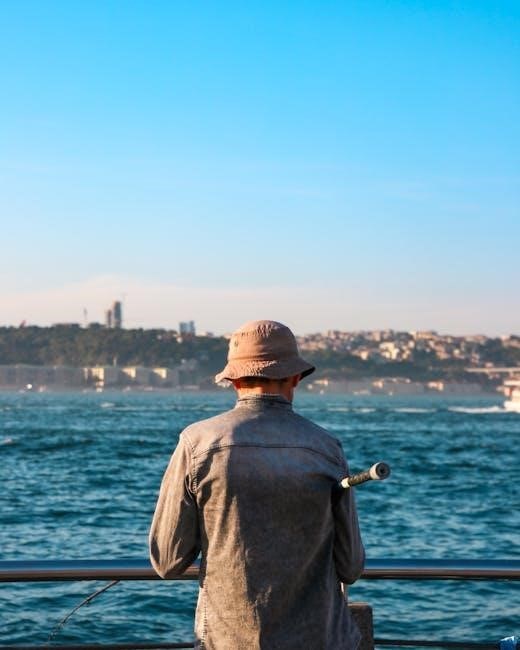How Much to Tip a Fishing Guide: A Comprehensive Guide
The standard tip for a fishing guide is 15-20% of the trip cost, with an average of $100 for a full day․ This applies to both day trips and full-day charters, reflecting satisfaction with the guide’s service and expertise․
Understanding the Basics of Tipping Fishing Guides
Tipping a fishing guide is a standard practice in the fishing industry, reflecting customer satisfaction with the service provided․ Guides rely on tips as part of their income, making it an essential way to acknowledge their effort and expertise․ While there’s no strict rule, the average tip ranges from 15% to 20% of the total trip cost․ For example, a $500 full-day charter might warrant a $75 to $100 tip․ This amount is considered fair for a guide who works hard to ensure a memorable experience, regardless of the number of fish caught․ Tipping practices vary by location and type of fishing, but the general guideline remains consistent․ Some high-end guides may expect higher tips, while others may be satisfied with the standard range․ Importantly, the tip should reflect the guide’s professionalism, preparation, and ability to adapt to challenging conditions․ Even if the day is less productive, a fair tip is appreciated, as it acknowledges the guide’s dedication․ Remember, tipping is not mandatory but is a thoughtful way to show gratitude for a well-executed trip․ Always consider the guide’s expenses, such as gear maintenance and fuel, when determining the amount․ This approach ensures a positive experience for both anglers and guides alike․
Standard Tipping Rates for Fishing Guides
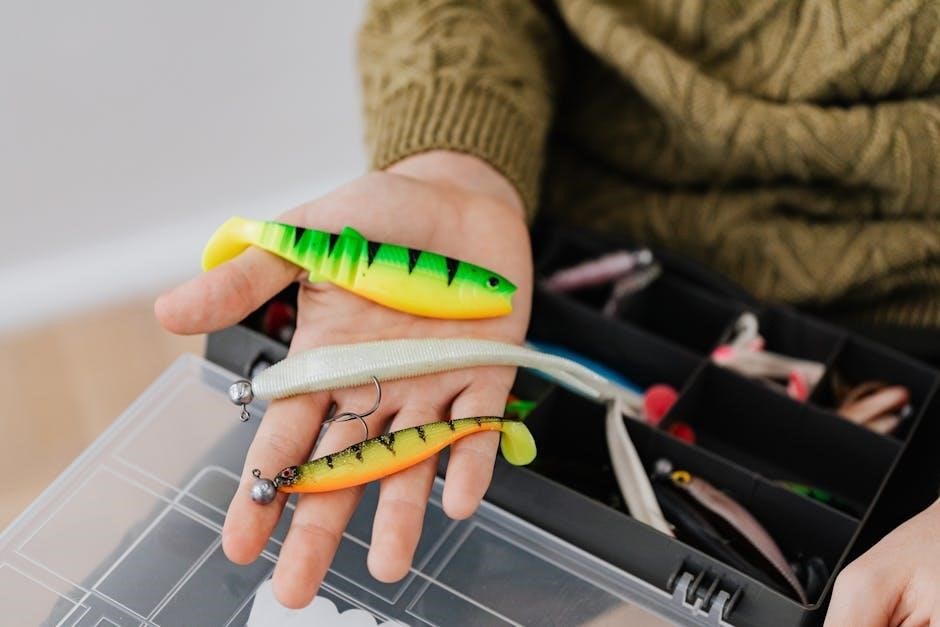
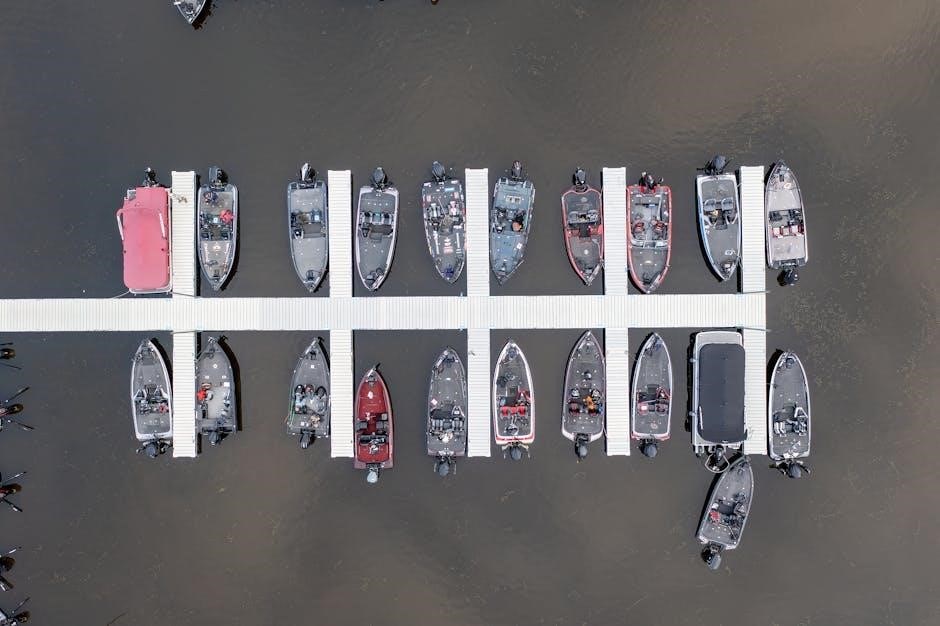
The standard tipping rate for fishing guides typically ranges between 15% to 20% of the total trip cost․ For example, on a $500 full-day charter, a tip of $75 to $100 is considered appropriate․ This percentage-based approach ensures that the tip reflects the quality of service and the guide’s effort․ However, some anglers prefer to tip a fixed amount, especially for shorter trips․ For half-day trips, a tip of $50 to $75 is common, while full-day excursions often see tips of $100 to $150․ These amounts are widely accepted across the industry and are intended to reward guides for their expertise, preparation, and dedication to ensuring a memorable experience․
- Half-Day Trips: $50–$75 per guide
- Full-Day Trips: $100–$150 per guide
- Multi-Day Charters: $150–$300 per guide, depending on the length of the trip
These rates are general guidelines and may vary based on the location, type of fishing, and the guide’s level of expertise․ For instance, specialized charters or high-end services may warrant higher tips․ Regardless of the amount, the tip should always reflect the angler’s satisfaction with the guide’s performance and the overall quality of the experience․
Factors Influencing the Tip Amount
Several factors influence the amount you should tip a fishing guide․ First and foremost, the quality of service plays a crucial role․ If the guide demonstrates exceptional knowledge, effort, and ensures an enjoyable experience, a higher tip is warranted․ Conversely, if the service is merely satisfactory, a lower tip within the standard range may be appropriate․ Trip duration also affects tipping, with half-day trips typically receiving smaller tips than full-day excursions; Location is another significant factor, as guides in high-cost areas or specialized fishing trips may expect larger tips․ The number of anglers can influence the tip amount, though it’s generally expected per guide rather than per person․ Additionally, the guide’s expenses, such as boat maintenance and equipment, should be considered when determining the tip․ Regional customs and the overall success of the trip, including the guide’s ability to provide opportunities to catch fish, also play a role․ Ultimately, the tip should reflect your satisfaction with the guide’s performance and the value they added to your fishing experience․ By considering these factors, you can ensure your tip is fair and appreciated․

Determining Service Quality
Determining the quality of service provided by a fishing guide is essential for deciding an appropriate tip․ A guide’s professionalism, effort, and dedication significantly impact the overall experience․ Key indicators of excellent service include punctuality, preparation, and a clear passion for ensuring a memorable day on the water․ Guides who go above and beyond to locate fish, adapt to changing conditions, and provide expert instruction deserve higher recognition․ Additionally, their ability to maintain a positive attitude, even during challenging weather or difficult fishing conditions, reflects their commitment to customer satisfaction․
Another important factor is the guide’s willingness to educate and engage․ If they take the time to explain techniques, share local knowledge, or help improve your fishing skills, it demonstrates a higher level of service․ Similarly, guides who ensure safety, maintain clean and well-maintained equipment, and provide a comfortable experience contribute to a positive outing․ Service quality is not solely based on the number of fish caught but on the guide’s ability to create an enjoyable and informative experience․ By evaluating these aspects, anglers can better assess the value of their guide’s efforts and determine a fair tip that reflects the quality of service received․
Minimum Tip for Poor Service

If the service provided by a fishing guide is subpar, it’s important to consider the minimum tip to reflect the experience․ While tipping is generally expected, poor service may warrant a smaller amount․ A minimum tip of 10% of the total trip cost is often considered appropriate, even if the guide’s performance was unsatisfactory․ This amount acknowledges the guide’s time and effort, even if the execution fell short of expectations․
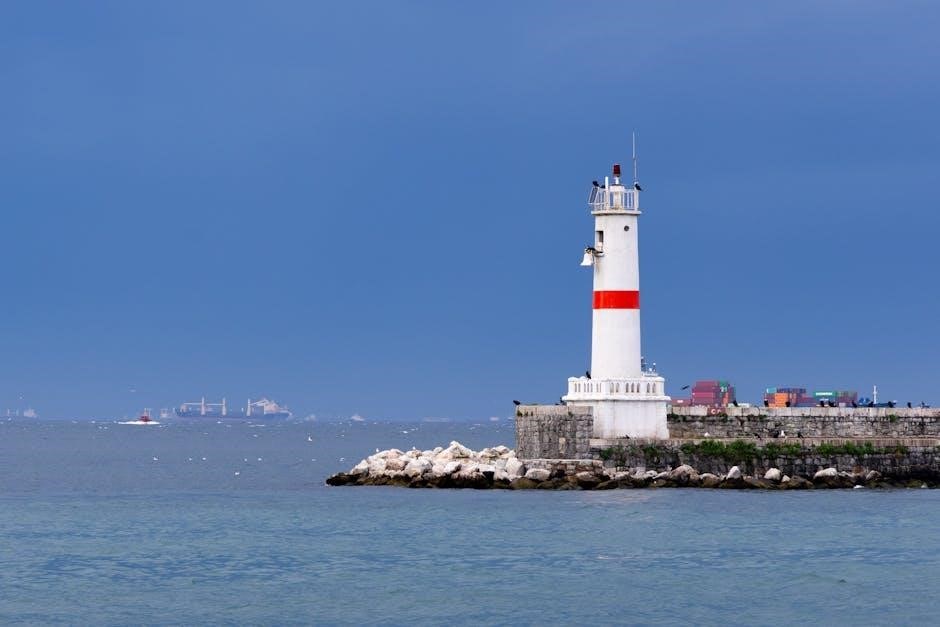
However, tipping for poor service should not be punitive․ If the guide showed a lack of effort, unprofessionalism, or failed to meet basic expectations, it’s reasonable to adjust the tip downward․ Yet, it’s important to remember that guides rely on tips as part of their income․ A tip of $50 to $75 for a full-day trip is often seen as a minimum gesture, regardless of service quality, to recognize their investment in time and resources․
Ultimately, the tip should align with the overall experience․ If the guide made no effort to improve the situation or provide a meaningful experience, it may be appropriate to leave only the minimum․ However, avoid leaving no tip at all, as this can be perceived as disrespectful․ Instead, consider addressing any issues directly with the guide or the charter company to provide feedback for improvement․
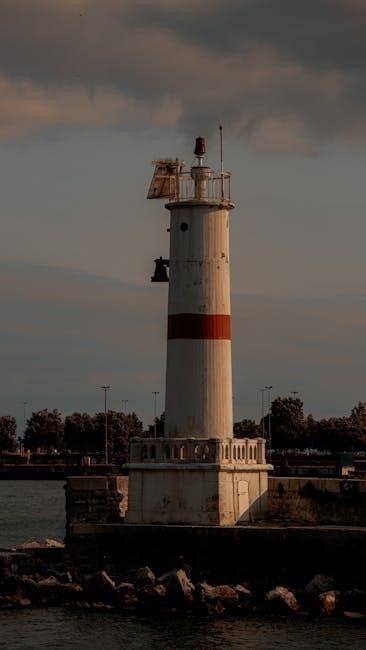
Importance of Guide’s Expenses
When determining how much to tip a fishing guide, it’s crucial to consider the expenses they incur․ Guides often cover a variety of costs that are essential to providing a quality experience for anglers․ These expenses include fuel for the boat, maintenance of equipment, insurance, and permits, all of which can add up significantly․ Additionally, guides spend time preparing for trips, such as tying flies, organizing gear, and scouting fishing locations, which are often unpaid hours․
Many guides also invest in ongoing education and training to improve their skills and knowledge of local fisheries․ These expenses are typically not covered by the base trip fee, making tips a vital part of their income․ By tipping generously, anglers help support the guide’s ability to sustain their business and continue providing high-quality services․ Recognizing these financial commitments can guide anglers in determining an appropriate tip amount, ensuring that their gratitude is reflected in their generosity․
Tipping is not just about the success of the trip but also about acknowledging the guide’s investment in making the experience possible․ Understanding these expenses can help anglers appreciate the value of their guide’s work and contribute fairly to their earnings․
Tipping a fishing guide is a customary way to express satisfaction for their efforts and expertise․ The standard tip ranges from 15% to 20% of the total trip cost, with an average of $100 for a full-day trip․ This amount reflects the guide’s hard work, knowledge, and the quality of the experience provided, regardless of the number of fish caught․
Factors such as location, type of fishing, and the guide’s professionalism should influence the tip amount․ For exceptional service, consider tipping on the higher end of the range․ Conversely, for average service, 15% is appropriate․ Remember, tipping is not mandatory but is deeply appreciated, as it supplements the guide’s income and acknowledges their dedication․
When in doubt, base your tip on the overall experience rather than just the catch․ Guides rely on tips to offset expenses like fuel, gear maintenance, and insurance․ A generous tip demonstrates gratitude for their efforts to ensure a memorable and enjoyable fishing trip․
